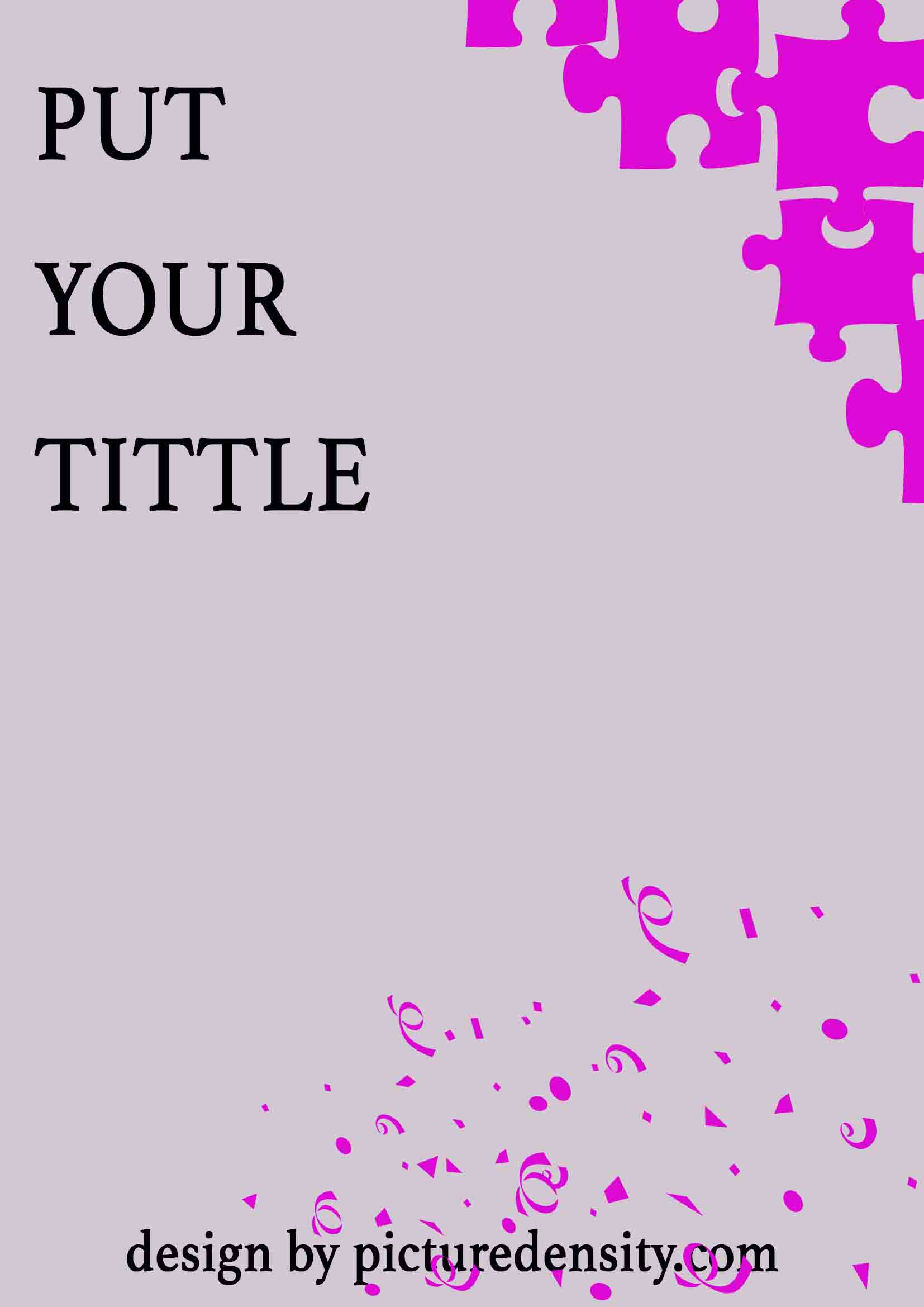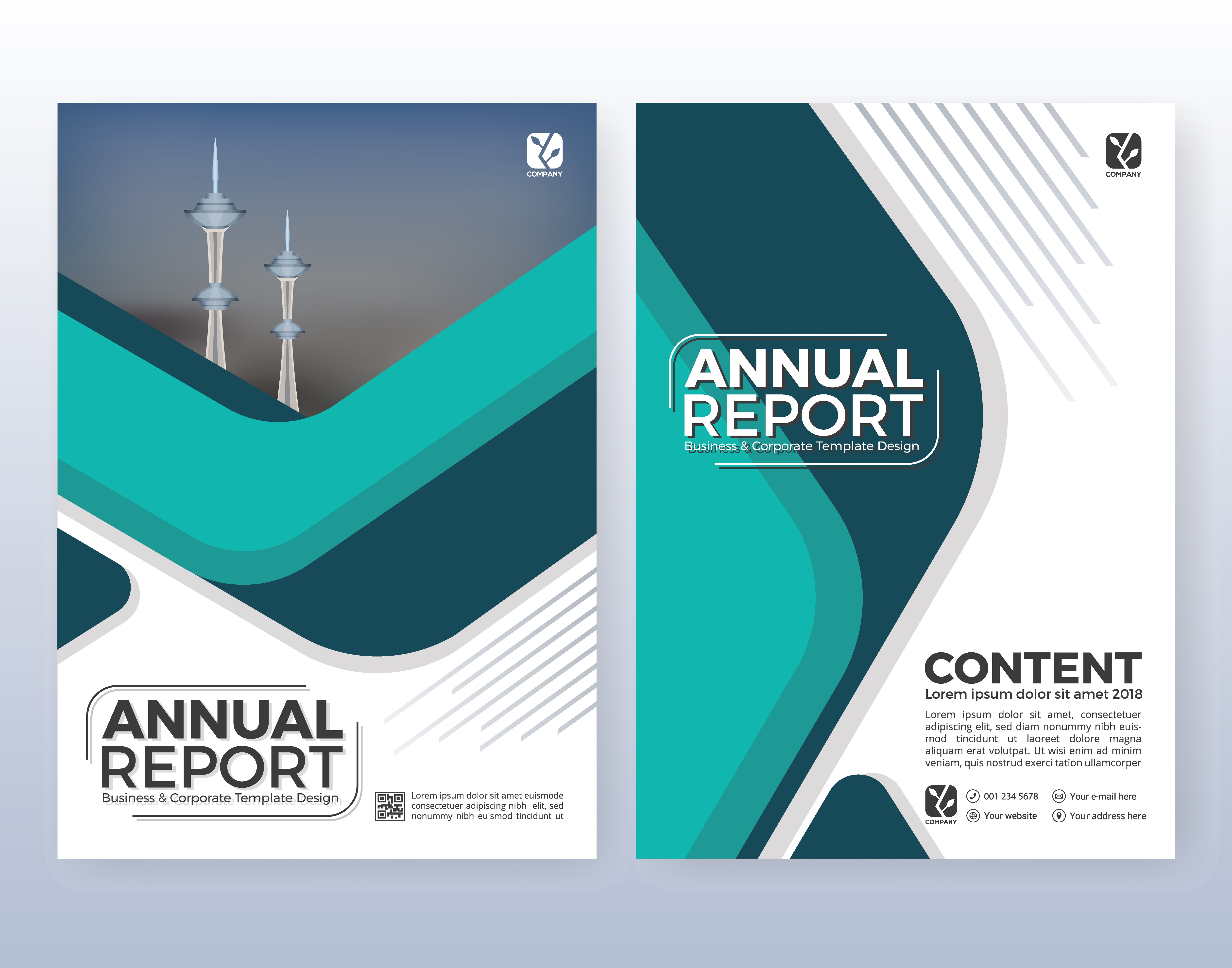How to Make a Book Cover: 9 Options for Self-Publishing
Table Of Content

The hallmark of great design is simplicity, so resist the urge to pack your book cover design with too many elements. The goal is to provide your reader with only what they need to know to be intrigued to pick up your book and learn more. Whether you’re a design enthusiast or brand new to the world of book cover design, remember, investing time and effort into creating a captivating book cover is an investment in your book’s success. Experimentation allows you to gauge what works and what doesn’t, enabling you to make informed design decisions.
Printique Photo Books
Two Designers, Two Countries, Two Covers: How Limitarianism Got Its Look - Literary Hub
Two Designers, Two Countries, Two Covers: How Limitarianism Got Its Look.
Posted: Thu, 10 Aug 2023 07:00:00 GMT [source]
Literary books most often straddle one or more of these genres and are defined by high-quality writing and profound human stories. Once you figure out where all these blocks will go on the back cover, you can assign them a spot in your type hierarchy to lead readers through a little journey. In the case of Rocket Bride, we were clear that the title had to be more prominent than the author’s name, so the relationship between texts was clear. We stuck to a single font for all the text, varying their weight, size, and color. From Raul’s original concept for Rocket Bride, we were able to request a few changes. We loved the fun tone of the illustration, but felt like some of the details were a bit too close to The Jetsons for our liking.
Spine: I bet you look good on the bookshelf
This means that you have a design template not only for your cover but also for your inside content. Start by browsing Dribbble to find eye-catching book cover designs and create a moodboard where you’ll collect all of your ideas. As a good rule of thumb, aim to collect between 10 – 20 pieces of visual inspiration. In the journey of book cover design, feedback from trusted sources is akin to a compass, guiding you in the right direction. Once you have your initial draft design, share it with a small circle of individuals whose opinions you value—fellow authors, designers, or potential readers in your target audience.
Ensuring Your Book Cover Design Meets Printing and Digital Standards
Finally, integrating your book cover seamlessly into your publishing journey and promotional materials is the key to unlocking the door to a vast readership. The insights gained from these tests are invaluable, providing a final opportunity to refine your design before its official release. Remember, testing isn’t about seeking unanimous approval but understanding your potential readers’ preferences and making informed decisions to enhance your book cover’s effectiveness. As you approach the final stages of creating your book cover design, attention to detail becomes paramount.

It’s a time to explore various possibilities and iterate through different design choices. The price for a cover by a freelance designer ranges from $15 to $100. But if you decide to pursue this option, keep in mind that it might be time-consuming. Especially if you have no prior knowledge of design, get ready for an anxiety roller-coaster.
Using contrasting colours, sizes, and shapes is a great way to emphasise important aspects of your cover design. For example, readers will notice a larger font before they notice a smaller one. Likewise, a light colour against a darker background will definitely stand out more than a light colour against a slightly darker background. At THEBOOKDESIGNER.COM, our goal is to be your go-to resource for all things related to high-quality book design. Before the grand reveal of your book cover, it’s crucial to conduct thorough testing to ensure it will resonate with your target audience. One effective way to do this is by creating focus groups or sharing the design on various social media platforms or online book communities.

Believe it or not, you can actually design an entire book cover using only Microsoft Word. After a time period where you get to review designs, you select a winner, request any edits, and that designer earns the money you’ve budgeted for the project. You retain full copyright ownership of the final design you select.
The actual cost will vary depending on the size of the promotion site and how competitive your genre is, but it’s usually under $100. There’s really no hard and fast rule for using images on your covers. The key to keep in mind is that images should be instantly eye-catching and linger in the memory. An image that conveys a theme or idea in an instant is a sure way of grabbing and holding a reader’s attention. There are numerous techniques you can use for perfecting the layout of your cover, and it’ll serve you well to look to the work of other cover designers for inspiration. “Up-market” titles are books that are well-written while also retaining the readability and accessibility of genre.
At the Good Housekeeping Institute, our pros in the Media & Tech Lab have been testing photo book makers for more than a decade. For this article, we referenced a robust test of photo book makers completed in 2009, examined updates to apps and ordered new products to test in 2023. Rothman also notes the custom Photo Puzzle is a fun option for kids, and the Itty Bitty Books are easy to tote around in a work bag for on-hand entertainment. There's less variety in some categories, including Itty Bitty and hardcover books, but with so many additional photo categories other companies lack, there are still plenty of great options for kids. Zoom into the spine and create a few rows of text frames using the Type Tool (T). Type in the title, allowing one text frame for each line of the title, and mimic the typography formatting used on the front cover but at a smaller Font Size.
The 2-3 cover colors you pick should help create the mood and message you’re trying to send. Complimentary colors (across from each other on the color wheel) tend to work well together, as do analogous colors (next to each other on the color wheel) of combined dark and light tints. This can include stock images that you obtain the rights to use or original photography that you either commission or take yourself. You need to have the rights to any images you use on your book cover. You should declare that you have permission on the copyright page.
Illustrations – Best for fiction, especially fantasy, science fiction, romance, and young adult books where you can depict imaginary characters and scenes. Illustrations allow for more creativity and visual storytelling. Alternatively, you can download free templates or hire someone to create a mockup for you for super cheap (like $5 or $8), as I explain in this guide to create book cover mockups.
The right typography can be the difference between a cover that looks sharp and professional and one that looks cheap and homemade, so choose wisely. However, the duo still recommends using Fiverr as a basic cover designer and a way to test out cover design options. “For as little as $5 bucks, you can roll the dice…” Frankie says in a tell-all on James H. Mayfield’s blog. Referrals from other self-published writers, writing groups (online or in-person) and writer friends are a great way to find good designers at reasonable prices.
On Reedsy Discovery, you can submit your book to hundreds of reviewers for $50. If you’re authoring a children’s book, you may need to hire an illustrator to bring your words to life. The average cost to hire a freelance illustrator for a 24-page children’s book is between $1,540 and $4,950.
This will include (but is not limited to) font licenses, stock images, ISBN identifier and barcode. The vast majority of book covers released by major publishers will feature stock images that are then cropped, manipulated, or edited into the design. You see a lot of these covers in most romance subgenres, as well as crime/thrillers and self-help. There'sa tool for professional photographers to design and create their own photo books.
You can switch up the fill image of the vectors too, if you like. Create a second shape using the Rectangle Tool (M), extending it over the whole of the back cover, up to the left edge of the spine, and up to the bleed on the top, left and bottom edges of the page. Finally, pull out a third guide to 68.5 mm, to mark out the center of the back cover. From the left-hand ruler pull out a guide to X position 137 mm, to mark out the left edge of the spine.
Comments
Post a Comment